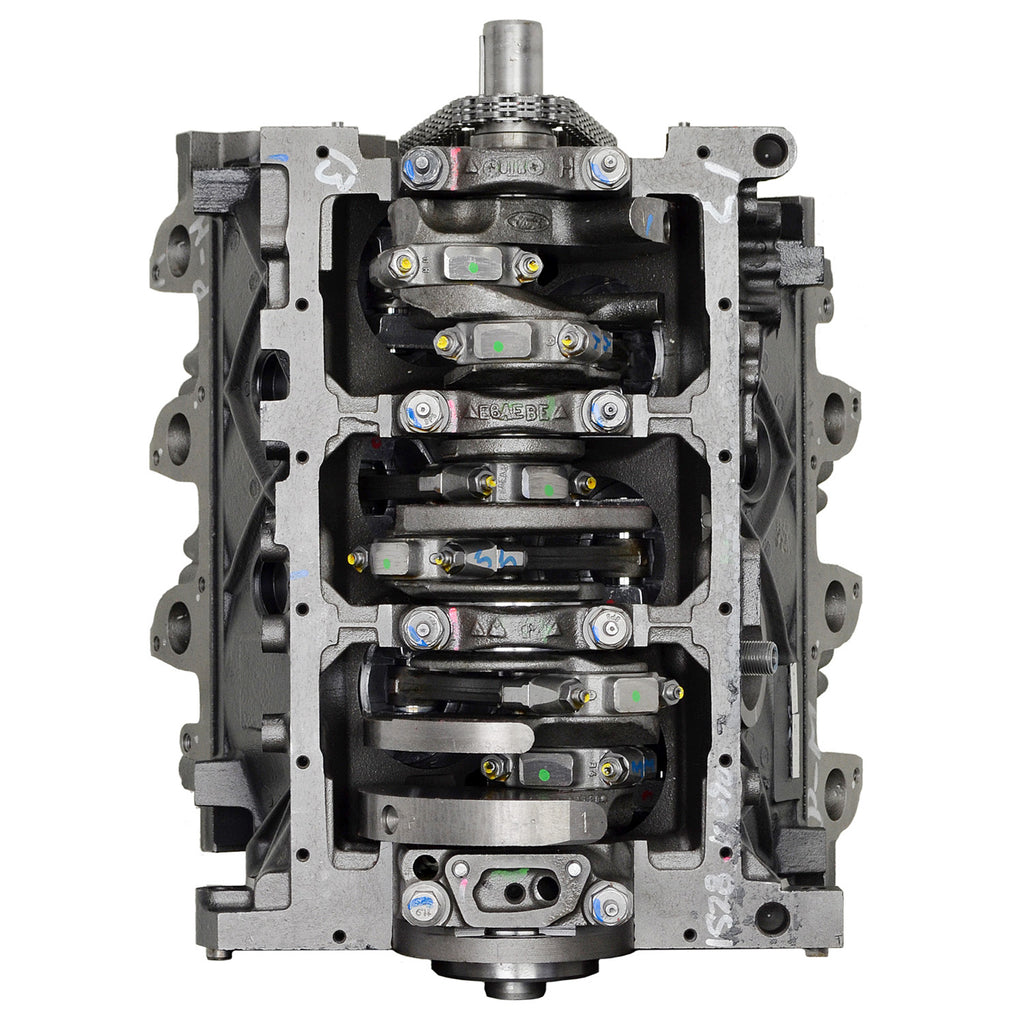Recognizing the Essentials of Car Engines: Functions, functions, and kinds

Review of Automobile Engines
An automobile engine works as the heart of a lorry, converting fuel into mechanical energy to propel it ahead. This elaborate system makes up various elements that operate in unison to ensure ideal efficiency and performance. The essential procedure of a cars and truck engine entails the inner combustion procedure, in which fuel and air are combined, sparked, and expelled to produce power.
The engine's style can dramatically affect its performance, fuel performance, and emissions. Secret elements consist of the cyndrical tube block, pistons, crankshaft, and camshaft, each playing an important role in the engine's overall feature.
Along with these components, engines often make use of numerous systems such as fuel shot, ignition, and cooling systems to enhance efficiency and durability. Understanding the standard auto mechanics of automobile engines is necessary for detecting problems and doing maintenance, ultimately adding to the vehicle's dependability and effectiveness in time.

Kinds of Vehicle Engines
Cars and truck engines can be categorized right into a number of kinds based upon their layout, gas type, and functional principles. 2.2 ford ranger engine. One of the most typical classifications include interior burning engines (ICE), electric engines, and hybrid engines
Inner burning engines, which can be more divided right into gasoline and diesel motor, run by sparking a fuel-air blend to generate power. Gasoline engines are normally lighter and smoother, while diesel motor are more fuel-efficient and offer better torque.
Electric engines use electric power kept in batteries to power an electrical motor, giving instantaneous torque and absolutely no emissions during procedure. As technology developments, electrical lorries (EVs) are significantly coming to be prominent for their environmental benefits and lower running costs.
Hybrid engines incorporate elements of both inner burning and electric engines, permitting adaptable source of power and boosted gas efficiency. They can run in various settings, using either the gas engine, the electric motor, or both simultaneously.
Each kind of engine has distinctive benefits and negative aspects, influencing their application in different car kinds and market sectors, from small cars to heavy-duty vehicles. Understanding these types is necessary for making informed choices relating to lorry option and performance expectations.
Engine Features Clarified
Understanding engine functions is critical for grasping exactly how automobiles run successfully. At the core of any internal burning engine exists the fundamental process of converting gas right into power. This process starts with the intake stroke, where air and gas are attracted into the combustion chamber. Following this, the compression stroke compresses the air-fuel mixture, raising its temperature level and pressure.
The ignition occurs following, stiring up the mixture and producing a rapid growth of gases. This pressure drives the piston down throughout the power stroke, which eventually equates into the rotational activity of the crankshaft. The exhaust stroke after that eliminates the invested gases from the chamber, giving way for a new cycle to commence.
In addition to these primary functions, engines likewise include systems that handle air conditioning and lubrication, making sure ideal functional temperature go to this web-site levels and reducing rubbing between moving parts. This intricate interplay of features enables the engine to generate the power needed for automobile propulsion while maintaining efficiency and dependability. Understanding these features offers important understanding into the complexities of automotive design and improves the capability to identify and address engine-related problems properly.
Key Engine Attributes
Engine design includes a number of essential attributes that dramatically affect performance, durability, and effectiveness. One of the most crucial elements is the engine configuration, which includes inline, V-type, and flat layouts. Each configuration impacts the engine's equilibrium, size, and power outcome, therefore affecting overall automobile dynamics.
An additional necessary function is the engine variation, referring to the overall quantity of all cyndrical tubes. Larger variations usually generate more power however may endanger fuel performance. Engine materials additionally play a crucial role; light-weight and high-strength materials, such as aluminum and magnesium alloys, boost efficiency without adding too much weight.
The kind of fuel shot system used-- such as multi-port or direct shot-- affects burning efficiency and discharges. Supercharging and turbocharging are features that improve engine performance forcibly extra air into the combustion chamber, enhancing power result without considerably boosting engine size.
Finally, the presence of advanced engine management systems optimizes fuel-air mix and ignition timing, adding to smoother operation and much better fuel economic situation. Collectively, these functions define an engine's capacities, establishing the foundation for its performance and long life in an affordable vehicle landscape.
Upkeep Tips for Engines
Proper engine upkeep is critical for ensuring optimum efficiency and durability, as overlooking routine treatment can cause significant concerns down the line. To preserve your engine efficiently, begin with normal oil modifications, generally every 3,000 to 7,500 miles, depending on the kind of oil utilized. Fresh oil lubricates engine parts, minimizing friction and wear.
In addition, monitoring coolant degrees is crucial to avoid overheating. Ensure that the coolant is covered up and is in great condition to preserve effective temperature level regulation. Routinely change and examine air and gas filters, as blocked filters can hinder air flow and fuel distribution, compromising engine performance.
Additionally, focus on trigger plugs and ignition systems. Worn or malfunctioning trigger plugs can result in misfiring and reduced performance. Checking the battery terminals and links for corrosion is additionally important, as a weak battery can influence engine starting.

Conclusion
In recap, an extensive understanding of cars and truck engines incorporates numerous kinds, functions, and key features anchor that considerably influence vehicle performance. Internal burning engines, in addition to electrical and hybrid options, demonstrate varied devices for power conversion. 2.2 ford ranger engine. Acknowledging the crucial features, such as consumption and exhaust cycles, together with important engine functions like setup and fuel shot systems, outfits cars and truck proprietors with the knowledge necessary for effective upkeep and procedure, eventually enhancing vehicle long life and performance
A cars and truck engine serves as the heart of a vehicle, transforming fuel into mechanical energy to thrust it forward. The fundamental operation of a car engine involves the inner burning procedure, in which fuel and air are mixed, Web Site ignited, and eliminated to produce power.
Frequently examine and change air and fuel filters, as clogged filters can impede airflow and gas delivery, endangering engine effectiveness. - 2.2 ford ranger engine
In recap, an extensive understanding of vehicle engines incorporates various kinds, functions, and crucial features that dramatically influence lorry performance. Identifying the important features, such as intake and exhaust cycles, along with crucial engine attributes like setup and gas injection systems, equips cars and truck proprietors with the understanding essential for effective upkeep and procedure, eventually boosting car long life and effectiveness.
 Spencer Elden Then & Now!
Spencer Elden Then & Now! Marques Houston Then & Now!
Marques Houston Then & Now! Michael Jordan Then & Now!
Michael Jordan Then & Now! Susan Dey Then & Now!
Susan Dey Then & Now! Lynda Carter Then & Now!
Lynda Carter Then & Now!